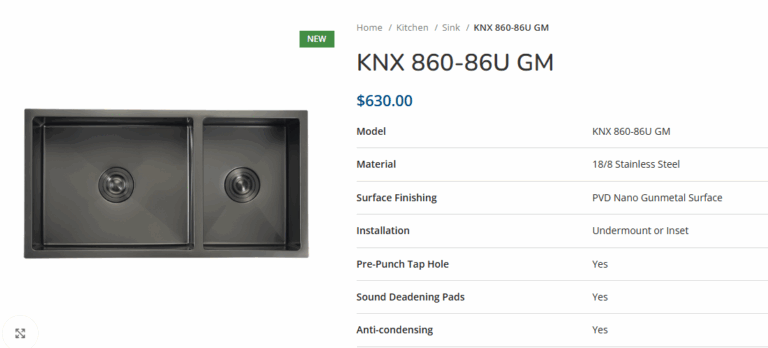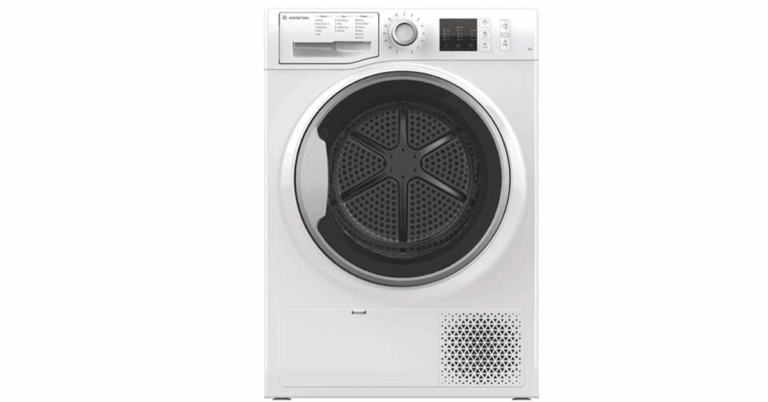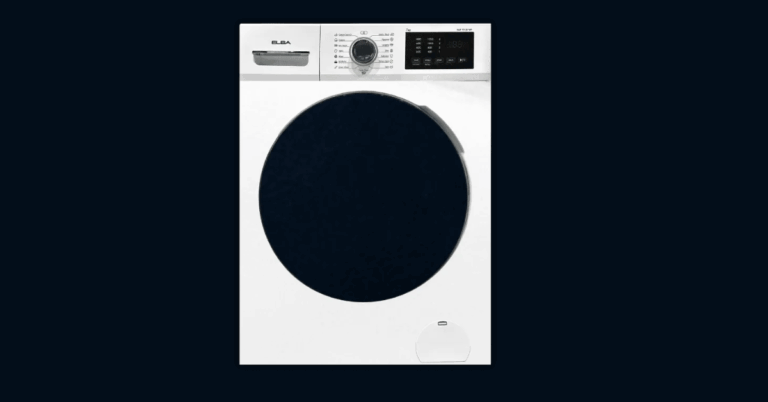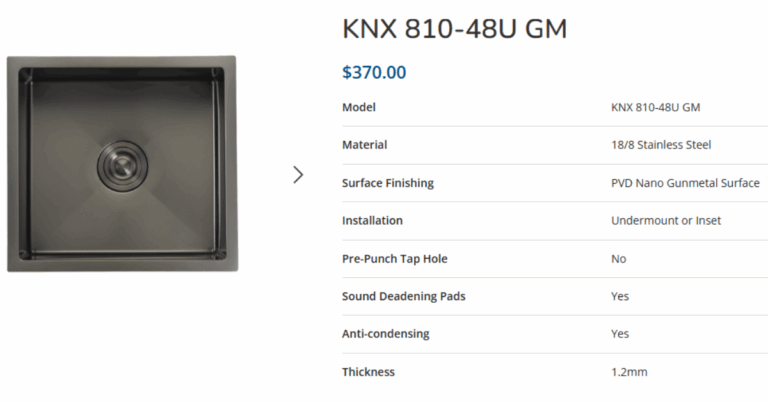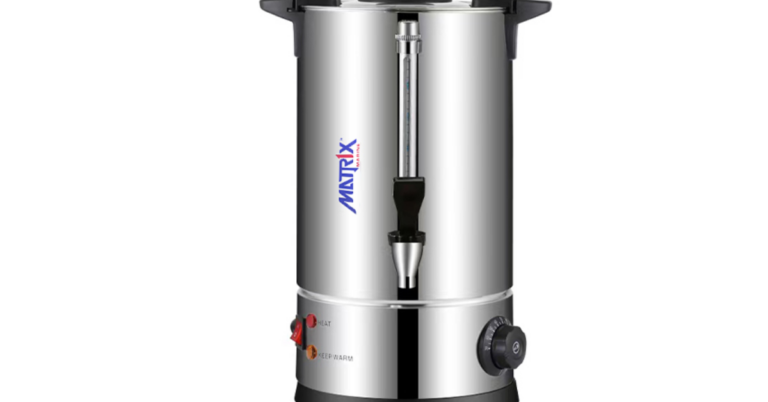The Allure and Advantage of a Beko Fridge: Smart Cooling, Stylish Living
When you invest in a Beko Fridge, you’re not just bringing home another refrigerator you’re embracing a blend of innovation, reliability, energy efficiency, and thoughtful design. Whether it’s a compact model for your apartment or a capacious side-by-side for a family household, Beko’s reputation for smart cooling technologies, flexible storage, and long-term performance makes it a compelling option. In this article, we explore the features, benefits, buying considerations, and usage tips for a Beko fridge all with an eye toward helping you decide which model fits your lifestyle best.
1. Understanding the Beko Brand and Heritage
Before diving into features, it helps to understand who Beko is as a brand. Beko is a Turkish company, part of the Arçelik A.Ş. group, known for producing home appliances and electronics. Over the years, Beko has expanded globally and is respected for offering appliances that strike balance not ultra-luxury, but smartly engineered, feature-rich, and dependable.
In many markets, including regions in Asia, Beko has carved out a niche by delivering good value and a solid set of technologies in their refrigerators. Retailers often promote Beko fridges as combining style, performance, and energy efficiency a position you’ll see echoed in the way Beko refrigerators are marketed in appliance showrooms.
2. Key Technologies and Features You’ll Find in a Beko Fridge
Beko doesn’t just offer cold storage it layers in smart features to preserve freshness, reduce food waste, and make day-to-day use more convenient. Below are some of the signature technologies that set Beko fridges apart:
2.1 NeoFrost™ Dual Cooling
Beko’s NeoFrost Dual Cooling system uses two independent cooling circuits one for the fridge and another for the freezer so that humidity and airflow in each compartment can be optimized separately. This design minimizes frost formation and prevents odor transfer between compartments.
2.2 EverFresh+® & HarvestFresh®
One of Beko’s standout claims is that their EverFresh+ system can help preserve fresh produce for up to 30 days, thanks to precise humidity and temperature control. Similarly, HarvestFresh (a related innovation) uses blue LED light inside the crisper drawers to simulate daylight cycles, helping to maintain vitamin levels and freshness in fruits and vegetables.
2.3 Active Fresh Blue Light
This is a more targeted variation of blue-light preservation: by shining blue LED light on produce, Beko aims to slow down nutrient loss (especially vitamin C) and keep vegetables and fruits looking fresher longer.
2.4 IonGuard™ Fresh Air System
To address one of the perennial problems of fridges mixing of odors Beko’s IonGuard system neutralizes odor-causing particles by generating ions in the internal air space. In practice, it helps reduce smells, especially when storing aromatic items like onions or cheese.
2.5 ProSmart Inverter Compressor & Energy Efficiency
Beko fridges often incorporate ProSmart inverter compressors, which adjust their speed according to cooling demand rather than switching on and off abruptly. This smoother, adaptive operation reduces noise levels and improves energy efficiency.
Moreover, Beko places emphasis on energy-saving design, using insulation, smart controls, and efficient components to lower electricity consumption. Many models are marketed with favorable energy ratings.
2.6 Additional Useful Features
-
Interior LED / Theater Lighting: Uniform, bright lighting helps you see contents clearly without dark corners.
-
Adjustable Shelves & Door Bins: Many Beko models allow flexibility so you can accommodate tall bottles, wide trays, or bulky items.
-
Field-Reversible Doors: Some models allow you to reverse the swing direction of doors during installation to adapt to your kitchen layout.
-
Frost-Free / No Frost Operation: Thanks to dual cooling and smart air circulation, many Beko fridges avoid the need for manual defrosting.
3. Varieties of Beko Fridges Which Type Suits You?
Beko offers a range of form factors to suit different kitchen layouts and household needs. Among the common types are:
-
Top-Mount (Freezer on Top): A traditional layout that’s cost-effective and space-efficient. Good for smaller kitchens or households that don’t need too much freezer space.
-
Bottom-Mount (Freezer on the Bottom): Puts the refrigerator compartment used more frequently at eye level.
-
Side-by-Side: Offers tall freezer and fridge compartments side by side. These often include more advanced control panels and generous capacity.
-
Counter-Depth / Flush Design: Suits modern kitchens by aligning with cabinetry surfaces and creating a sleeker aesthetic.
-
Mini / Compact / Table-Top Models: Ideal for dorms, small apartments, or as supplementary cooling for drinks or overflow storage.
Each format has trade-offs. For example, a side-by-side offers capacity but may be wider and heavier. Meanwhile, bottom-mount models favor ergonomic access but sometimes sacrifice freezer volume.
4. Benefits of Owning a Beko Fridge
When you use a Beko fridge, here are the key advantages you can expect:
4.1 Prolonged Freshness & Less Food Waste
Thanks to systems like EverFresh+, HarvestFresh, NeoFrost, and IonGuard, food items—especially perishable produce—stay fresh longer. This reduces spoilage, saves money, and helps reduce kitchen waste.
4.2 Lower Electricity Bills
Because of efficient compressors, insulation, and smart control systems, Beko fridges tend to use power more judiciously. Over the long run, that can lead to noticeable savings on utility bills.
4.3 Quieter Operation
Inverter compressors and stable cooling cycles mean less noise. For open-plan homes or quiet kitchens, that’s a welcome benefit.
4.4 Flexibility & Organization
Customizable shelving, door bins, and compartment design let you adapt your refrigerator’s layout to the kinds of food you store — from tall bottles to delicate produce.
4.5 Clean & Odor-Free Fridge Interior
The dual cooling and ion-based odor control help prevent smells from mingling and reduce the need for constant cleaning or odor removal.
4.6 Aesthetics & Integration
Modern finishes, flush designs, and smart lighting help a Beko fridge elevate your kitchen’s look. Counter-depth models especially integrate neatly with cabinetry and interiors.
5. What to Consider Before Buying a Beko Fridge
To make sure your Beko fridge performs well in your environment, here are the key factors to evaluate:
5.1 Size & Capacity
Measure the available space in your kitchen (width, height, depth) and ensure that you allow clearance for doors to swing fully. Also consider your household’s food storage needs: a large family may need 400 L+ capacity, while a couple might suffice with ~200–300 L.
5.2 Energy Rating & Efficiency
Look for models with high energy efficiency ratings. Check their annual energy consumption (kWh) and estimate your running cost. The smarter the cooling system, the less power likely wasted.
5.3 Climate & Ambient Conditions
If your kitchen is in a hot region or poorly ventilated space, opt for models with robust cooling features (strong compressors, good insulation). The capacity and cooling margin matter more under hotter conditions.
5.4 Usage Pattern
If you often freeze items, pick a fridge with generous freezer capacity. If fresh produce is your priority, look for strong humidity control, EverFresh+ or HarvestFresh features. If your kitchen layout is tight, counter-depth or narrower models may be necessary.
5.5 After-Sales Service & Warranty
Check that service centers for Beko or authorized technicians are available in your city. Also check warranty terms for parts (compressor, cooling system, electronics). A longer warranty provides peace of mind.
5.6 Price vs. Feature Trade-offs
Recognize which features you’ll actually use. Some models may boast high-end tech you don’t need. Don’t overspend if a simpler model serves your needs well.
6. Usage Tips for Optimal Performance
Once you choose and install a Beko fridge, here are tips to ensure it runs efficiently and lasts longer:
-
Allow Air Circulation: Leave space behind the fridge (usually a few centimeters) for ventilation. Ensure vents are not blocked.
-
Set Ideal Temperature: For the refrigerator compartment ~3–5 °C and freezer at –18 °C is often recommended.
-
Don’t Overfill: Air must circulate freely inside to maintain consistent cooling — avoid packing it too tightly.
-
Clean Gaskets & Seals: Wipe door gaskets regularly to maintain a tight seal.
-
Defrost (if needed): For models without full auto-frost, perform manual defrosting before ice builds up significantly.
-
Check Door Closure: Make sure doors are always closed properly — a slightly open door can waste energy and spoil food.
-
Organize Smartly: Use the crisper drawers for vegetables, door bins for condiments, and avoid placing hot items directly inside.
-
Periodic Maintenance: Clean the condenser coils (if accessible) and check for frost, odors, or cooling inconsistencies.
7. Sample Models & Use-Case Matches
Here are illustrative examples (based on recent regional listings) and which households might benefit most:
-
Top-Mount 372 L models: Good all-rounders for families of 3–5 persons.
-
Bottom-Mount 340 L / 375 L: Ideal when you want easy access to fresh food while keeping freezer below.
-
Side-by-Side large models: Best for households that prefer separate compartments and higher capacity.
-
Mini / Table-Top (119 L): Great choice for small spaces, second fridge, or beverage storage.
Matches:
-
A 3–4 person household with balanced fresh + frozen use: a bottom-mount 340–375 L unit.
-
A household that buys bulk frozen goods: side-by-side with strong freezer is better.
-
A compact kitchen or studio: a slim top-mount or compact model.
8. Challenges & Considerations to Watch Out For
No product is perfect. Here are some downsides or challenges to keep in mind:
-
Initial Cost: Higher-end Beko models with advanced features come at a premium.
-
Service Availability: Depending on your locality, getting authorized parts or repair might take time.
-
Space Constraints: Larger models might be too bulky in tight kitchens.
-
Overkill Features: Some advanced tech may not add meaningful benefit for light users.
-
Power Fluctuations: In areas with unstable electricity, sensitive electronics may be vulnerable — consider voltage stabilisers if needed.
9. Final Thoughts: Is a Beko Fridge Right for You?
If your priorities include freshness, energy efficiency, low noise, and smart design, a Beko fridge is a worthy candidate. Their mix of cooling innovations, flexible storage, and reliability gives them strong competition in the mid-to-upper appliance market. However, you should match the model to your household size, kitchen layout, and service availability.
Using the guidance above, measure your space, define your usage pattern (how much freezer vs fresh you need), compare energy ratings, and pick a model that delivers features you’ll actually use. Maintain it well, and your Beko fridge should serve reliably for many years.


